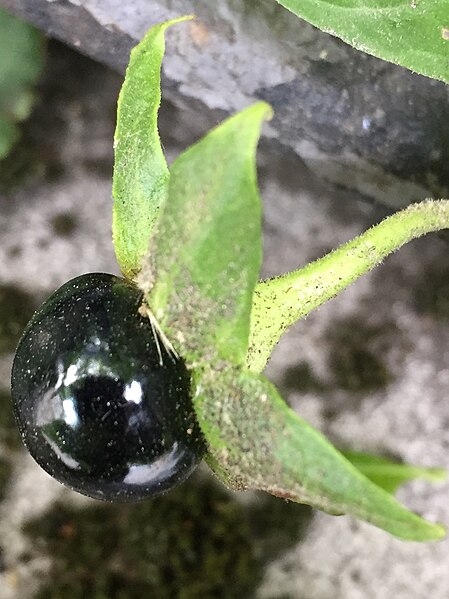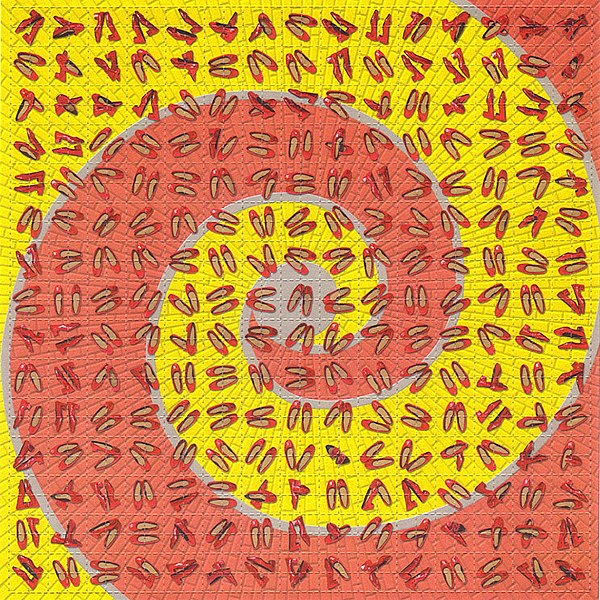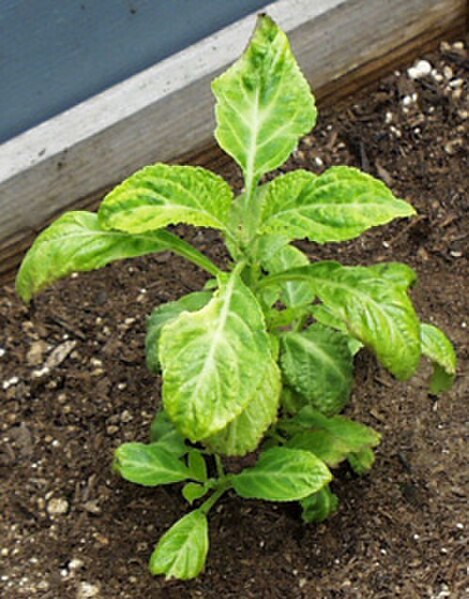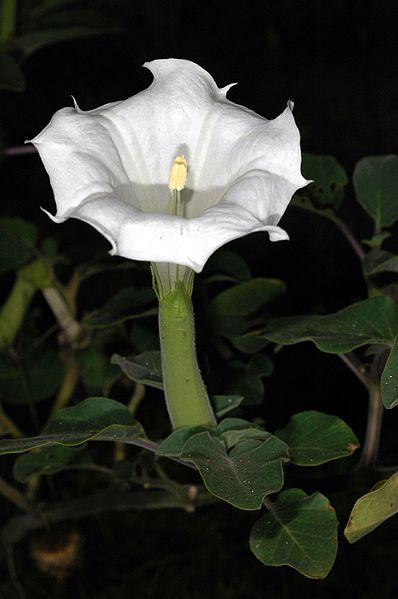Deliriants are a subclass of hallucinogen. The term was coined in the early 1980s to distinguish these drugs from psychedelics such as LSD and dissociatives such as ketamine, due to their primary effect of causing delirium, as opposed to the more lucid and less disturbed states produced by other types of hallucinogens. The term generally refers to anticholinergic drugs, which are substances that inhibit the function of the neurotransmitter acetylcholine. Common examples of deliriants include plants of the genera Datura and Brugmansia as well as higher than recommended dosages of diphenhydramine (Benadryl). A number of plant deliriants such as that of the Solanaceae family, particularly in the Americas have been used by some indigenous cultures to reach delirious and altered states for traditions or rituals, such as rites of passage, divination or communicating with the ancestors. Despite their long history of use, deliriants are the least-studied class of hallucinogens in terms of their behavioral and neurological effects.

The toxic berry of Atropa belladonna which contains the tropane deliriants scopolamine, atropine, and hyoscyamine.
A woman diagnosed with chronic dementia (1896)
Preparation for the Witches' Sabbath by David Teniers the Younger. Note on the left an older witch reading from a grimoire while anointing the buttocks of a young witch about to fly to the sabbath upon an inverted besom with a candle upon its twigs
Datura stramonium (jimsonweed) 4-valved seed capsule
Hallucinogens are a large and diverse class of psychoactive drugs that can produce altered states of consciousness characterized by major alterations in thought, mood, and perception as well as other changes. Most hallucinogens can be categorized as either being psychedelics, dissociatives, or deliriants.
One "Blotter" sheet of 900 LSD doses
Salvia divinorum
Datura innoxia in flower
Attractive but highly toxic berry of Atropa belladonna







